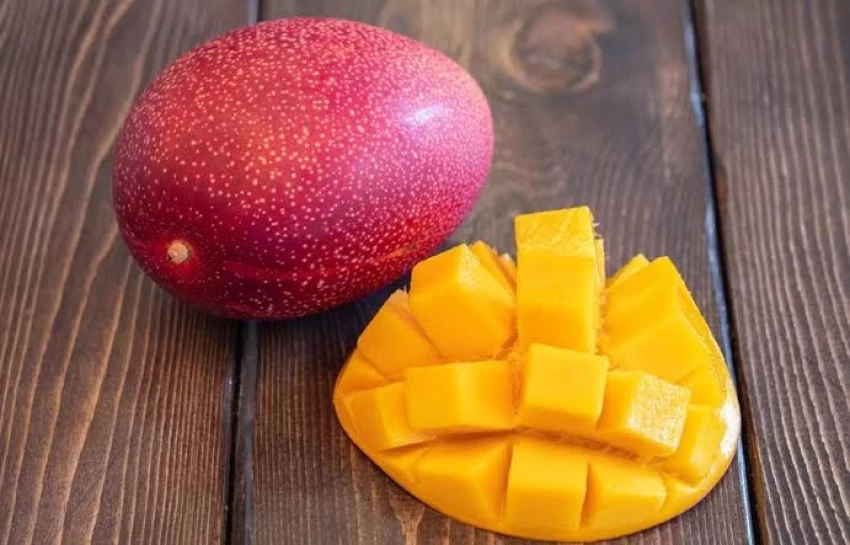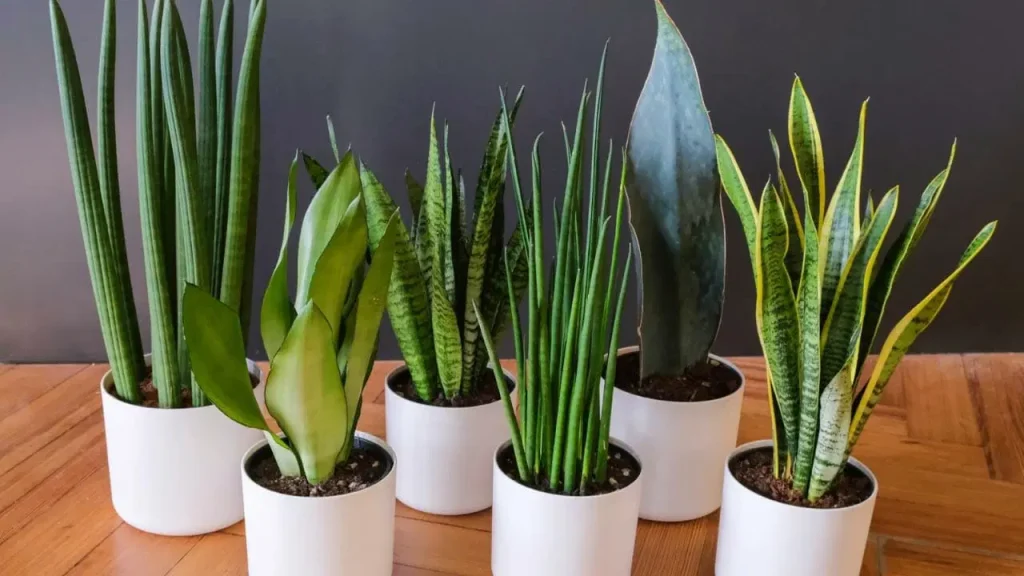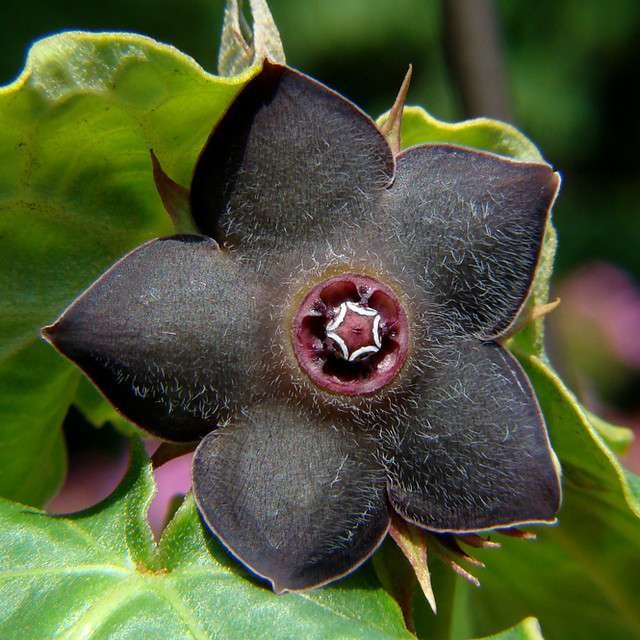A collection of Rare PlantsÂ
At Seedlings India we aim at providing our customers with Rare Authentic plants from around the world. Though they are expensive, however they aren’t easily available. With Rarity come a higher price. Start collecting from the listed plants below and add to your collection of plants.
| Name | Style | Origin |
| Albuca Spiralis | Caudiciform | South Africa |
| Adansonia Digitata | Caudiciform | Sub-Saharan Africa |
| Cambodian Wild Grape | Caudiciform | Cambodia |
| Dioon Edule | Caudiciform / Cycad | Mexico |
| Dioon Spinulosom | Caudiciform / Cycad | Mexico |
| Dorstenia Feotida | Caudiciform | Eastern Africa / Arabia |
| Dorstenia Gigas | Caudiciform | Socotra Island |
| Jatropha Berlanderii | Caudiciform | Texas |
| Metelea Cyclophylla | Caudiciform | Mexico |
| Operculicarya Decaryi | Caudiciform | Madagascar |
| Operculicarya Pachypus / Operculicarya Pachypus Root Cutting | Caudiciform | Madagascar |
| Pachypodium Brevicaule | Apocynaceae | Madagascar |
| Petopentia Natalensis | Asclepiadaceae | South Africa |
| Phyllanthus Mirabilis | Caudiciform | Thailand / Laos / Myanmar |
| Pseudobombax Elipticum | Caudiciform | Guatemala/ El Sal-Vador |
| Senna Meridionalis Dwarf | Caudiciform | Madagascar |
| Stephania Erecta | Caudiciform | Indo- Chinese Peninsula |
| Stephania kaweesakii Nova | Caudiciform | Thailand |
| Stephania Suberosa | Caudiciform | Thailand / Cambodia |
| Sterculia Colorata | Caudiciform | Vietnam |
| Uncarina Grandidieri | Caudiciform | Madagascar |
| Fockea Edulis | Caudiciform | South Africa/ Namabia |
| Zamia Portoricensis | Caudiciform / Cycad | Puerto Rico |
Care for Rare Plants
Caring for caudiciform plants—those with a swollen base or caudex used for water storage—is relatively easy once you understand their unique needs. These plants, which include species like Adenium, Stephania erecta, Fockea edulis, Dioscorea, and Pachypodium, thrive when their natural arid or semi-arid habitats are replicated.
🌿 General Care for Caudiciform Plants
🌞 1. Light
-
Most caudiciforms need bright, indirect light to full sun, depending on the species.
-
Indoors: use a south- or west-facing window or supplement with grow lights.
-
Some (e.g. Stephania, Dioscorea) prefer filtered or indirect sunlight to prevent caudex scorching.
ðŸŒ¡ï¸ 2. Temperature
-
Prefer warm conditions: 20–35°C (68–95°F).
-
Protect from temperatures below 10–15°C (50–59°F)—they can go dormant or rot.
-
Not frost-tolerant—bring indoors during cold months.
💧 3. Watering
-
The golden rule: less is more.
-
During active growth (usually spring/summer):
-
Water thoroughly when the top 1–2 inches of soil are dry.
-
-
During dormancy (often fall/winter):
-
Stop or drastically reduce watering.
-
Some species go months without water in dormancy.
-
Tip: Watering too frequently is the most common killer. The caudex stores water for dry periods.
🪴 4. Soil for Rare plants
-
Requires extremely well-draining soil.
-
Ideal mix:
-
50–70% inorganic material (pumice, perlite, coarse sand)
-
30–50% organic matter (cactus soil, coco coir)
-
-
Avoid clay or dense soils that retain water.
🧪 5. Fertilizer for Rare Plants
-
Light feeders.
-
During growth season:
-
Use a diluted, balanced fertilizer (e.g. 10-10-10 or cactus feed) once a month.
-
-
Do not fertilize during dormancy.
🌱 6. Dormancy
-
Many caudiciforms are deciduous—they lose leaves and appear dead during rest periods.
-
This is normal. Resume care when new growth appears in spring.
-
Do not water during dormancy unless the caudex shrivels.
🪴 7. Container & Display
-
Use shallow, wide pots to show off the caudex.
-
Ensure the pot has good drainage holes.
-
Often grown with the caudex partially or fully exposed above the soil for aesthetics and air circulation.
âœ‚ï¸ 8. Pruning & Training of Rare Plants
-
Vines and branches can be trained on a trellis or trimmed for shape.
-
Bonsai techniques are sometimes used for artistic display.
🛠9. Pests & Problems with Rare Plants
-
Mostly pest-resistant, but watch for:
-
Mealybugs, spider mites, scale
-
-
Treat with neem oil or insecticidal soap.
-
Biggest threat: root rot from overwatering.
✅ Summary: Caudiciform & Rare Plants Care Checklist
| Factor | Needs |
|---|---|
| Light | Bright indirect to full sun |
| Water | Infrequent; avoid overwatering |
| Soil | Very well-draining, gritty mix |
| Temperature | Warm (≥20°C); protect from cold |
| Fertilizer | Diluted, monthly during growth |
| Dormancy | Stop watering, no feeding |
| Container | Shallow pot with drainage |
| Common Issues | Rot, pests (rare), poor light |



